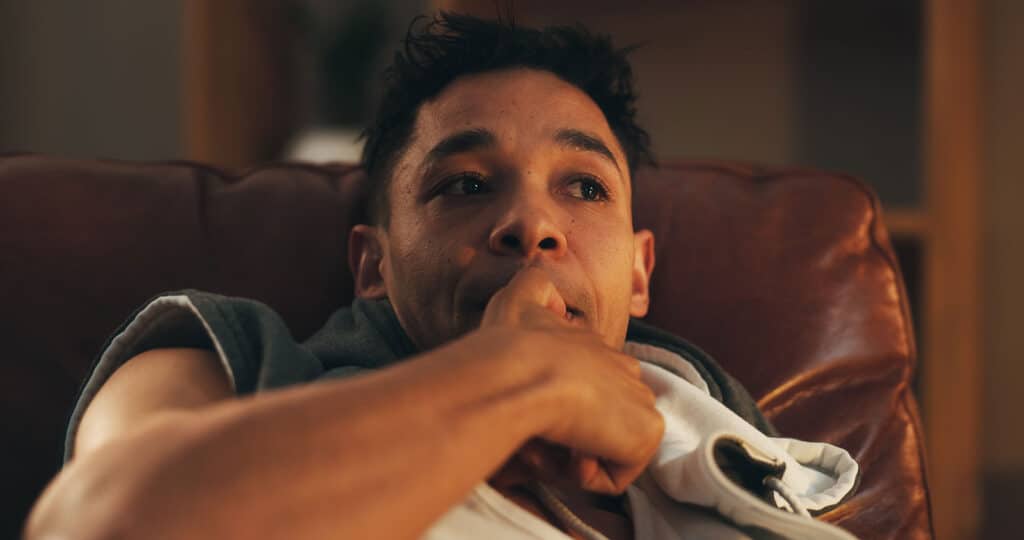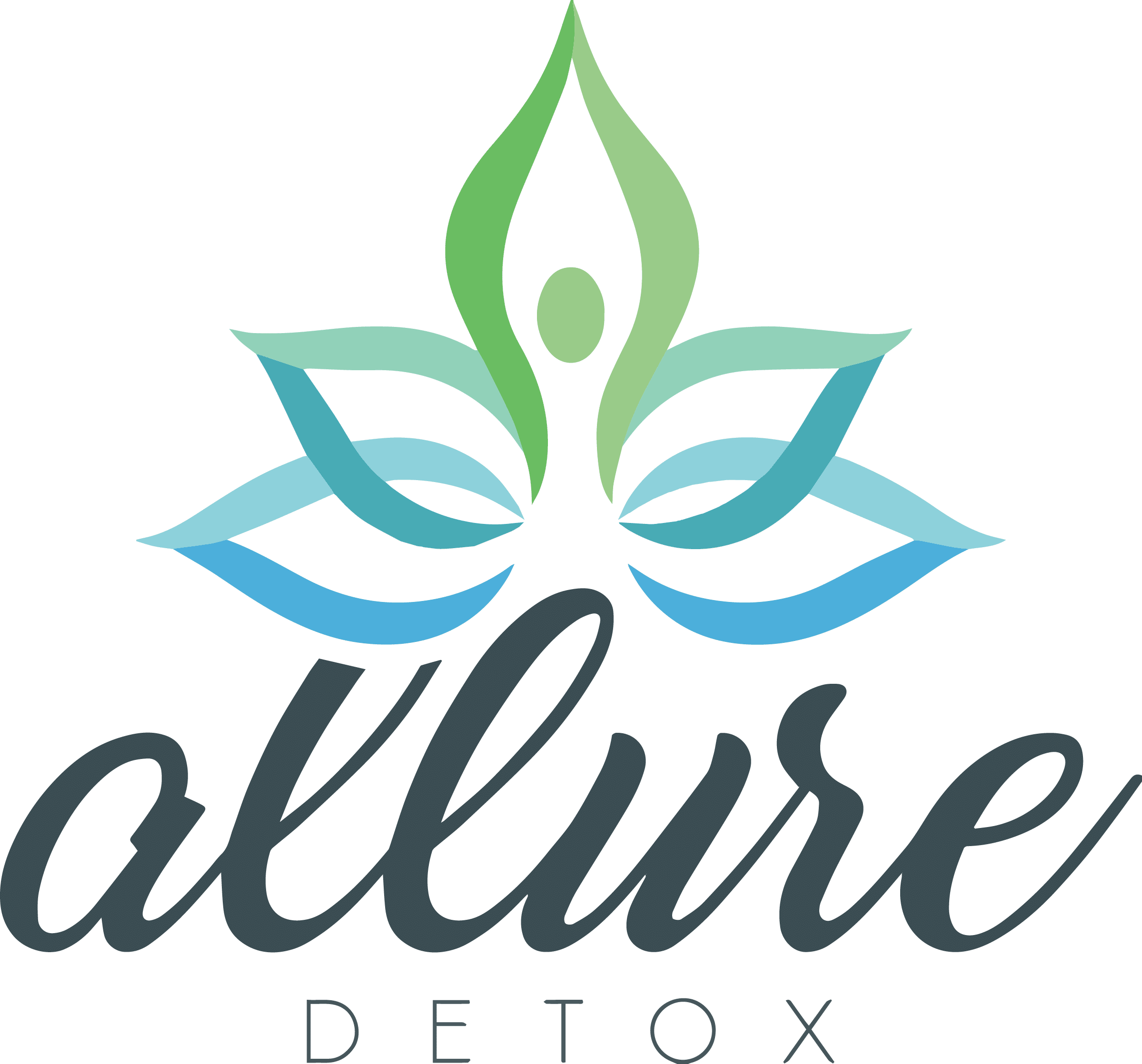Many people who abuse drugs want to stop but don’t even get past the first couple of hours because of the painful withdrawal symptoms of quitting. After experiencing these painful withdrawal symptoms, the thought of intense drug cravings and uncomfortable withdrawal symptoms can be intimidating for people with opioid addiction. Many may reach for benzodiazepines in hopes of easing the withdrawals, but this combination can have the opposite effect. Learn about the dangers of using benzodiazepines for opioid withdrawal.

Table of Contents
Can you use Benzodiazepines for Opioid Withdrawal?
Benzodiazepines can be used to manage certain symptoms of opioid withdrawal, but they are not typically considered a primary treatment for opioid withdrawal. Here are some key points about their use:
How Benzodiazepines Help:
- Anxiety and Agitation: Benzodiazepines are effective in reducing anxiety and agitation, which are common during opioid withdrawal.
- Insomnia: They can help improve sleep and manage insomnia associated with withdrawal.
- Muscle Spasms: Benzodiazepines can alleviate muscle spasms and tension.
Limitations and Risks:
- Addiction Potential: Benzodiazepines themselves have a high potential for dependence and addiction, so their use must be closely monitored.
- Respiratory Depression: When combined with other central nervous system depressants, benzodiazepines can cause respiratory depression, which can be dangerous.
- Limited Symptom Relief: While they help with specific symptoms, benzodiazepines do not address all aspects of opioid withdrawal, such as gastrointestinal issues or cravings.
Comprehensive Treatment:
- Medically Supervised Detox: Benzodiazepines should be used as part of a medically supervised detoxification process to ensure safety and effectiveness.
- Other Medications: Medications like methadone, buprenorphine, and clonidine are often used as primary treatments for managing opioid withdrawal and reducing cravings.
- Supportive Therapies: Counseling, behavioral therapies, and support groups are essential components of a comprehensive treatment plan.
While benzodiazepines can be helpful for managing specific symptoms of opioid withdrawal, they should be used cautiously and under medical supervision as part of a broader treatment plan. The primary focus should be on medications and therapies specifically designed for opioid withdrawal and addiction management.

How Bad is the Withdrawal from Opioids?
Opiate withdrawal symptoms range from mild to severe, depending on several key factors. These include the level of physical dependence, duration of use, dosage, specific opioid type, administration method, and underlying medical conditions. The severity varies significantly from person to person.
Opioid Withdrawal Symptoms
Early Withdrawal Symptoms
These usually start within 6-12 hours for short-acting opiates, and they start within 30 hours for longer-acting ones:
- Tearing up
- Muscle aches
- Agitation
- Trouble falling and staying asleep
- Excessive yawning
- Anxiety
- Nose running
- Sweats
- Racing heart
- Hypertension
- Fever
Besides the physical dangers, there is also a danger of relapse. Relapse leads to many overdoses because when individuals have abstained from using opioids for a period of time, their tolerance decreases. Therefore, when they use again, they have a higher risk of overdosing. With professional detox and treatment, these risks of relapse and overdose can be avoided with professional support. Allure Detox provides comprehensive care to help patients safely navigate the withdrawal process.

Opioid Detox Alone Can Be Dangerous
There is also the danger of those who try to detox on their own to mix other substances to help lessen their opioid withdrawal symptoms. This could be alcohol use, marijuana, or prescription pills. Most commonly, people tend to take benzodiazepines, which are medications like diazepam or alprazolam (Xanax), because they think they might be able to sleep through withdrawal, but this can be extremely deadly and could lead to an opioid overdose, which is a life-threatening situation.
Opioids are commonly known as prescribed painkillers such as Vicodin or street drugs such as fentanyl. Prescription opioids stop the pain signals from your brain to your body. They are usually prescribed after surgeries or some other pain-related trauma. Opioids can make some people feel relaxed, happy, or “high” and can be addictive. Additional side effects can include slowed breathing, constipation, nausea, confusion, and drowsiness. This is particularly relevant for those with opioid use disorder.
Don’t Use Benzos Alone for Opioid Withdrawal.
Benzodiazepine dependence and Xanax addiction are serious concerns. Benzodiazepines are a type of medication known as tranquilizers. Familiar names include Valium and Xanax, and they are some of the most commonly prescribed medications in the United States. Benzodiazepines act on the central nervous system, produce sedation and muscle relaxation, and reducing symptoms of anxiety disorders.

Both opioids and benzodiazepines are sedatives which suppress not only your breathing but also impair cognitive functions. This combination could lead to an accidental overdose when taken together, therefore using Xanax or other benzos to treat opioid withdrawal syndrome is not recommended, especially without medical professional supervision. At Allure Detox, we can ensure you are well supervised and cared for every step of the way to ensure safe substance use cessation. This is a critical aspect of substance abuse treatment.
Detox from Opiates Safely at Allure Detox
When it comes to Allure Detox, we provide much more than the bare minimum. Of course, we help clients stop drug use safely – that’s just a given.
Almost as important as that, though, is that we offer clients the foundation for a lifetime of relief and recovery, including interventions for those with opioid dependence.
That’s the Allure Detox promise: that patients leave our care with more than good health at their disposal. Our focus is on minimizing your withdrawal symptoms to a comfortable level while beginning the comprehensive treatment options process that will keep you sober. This includes considering medication-assisted treatment like naltrexone and ensuring access to appropriate healthcare.
Published on: 2020-05-29
Updated on: 2025-06-05



